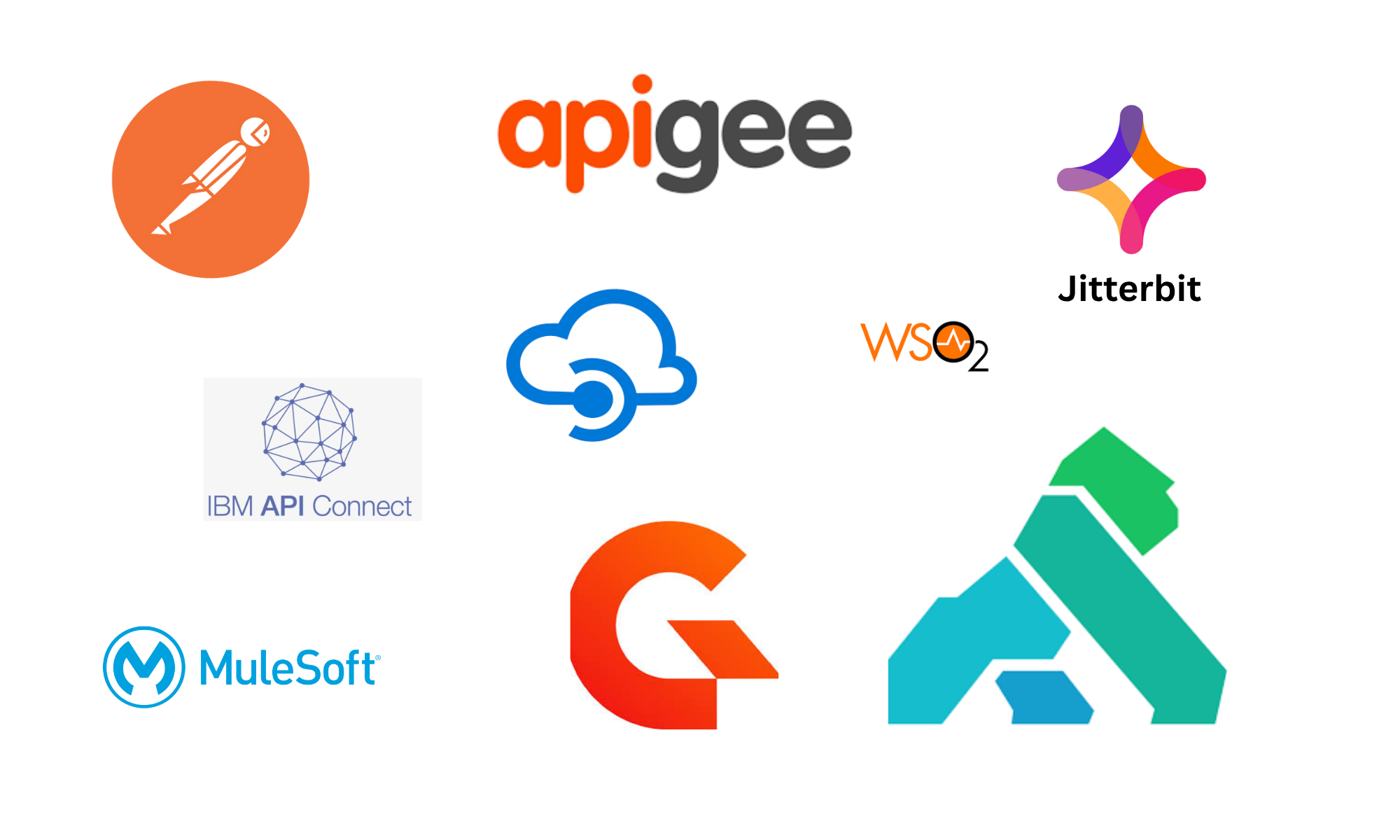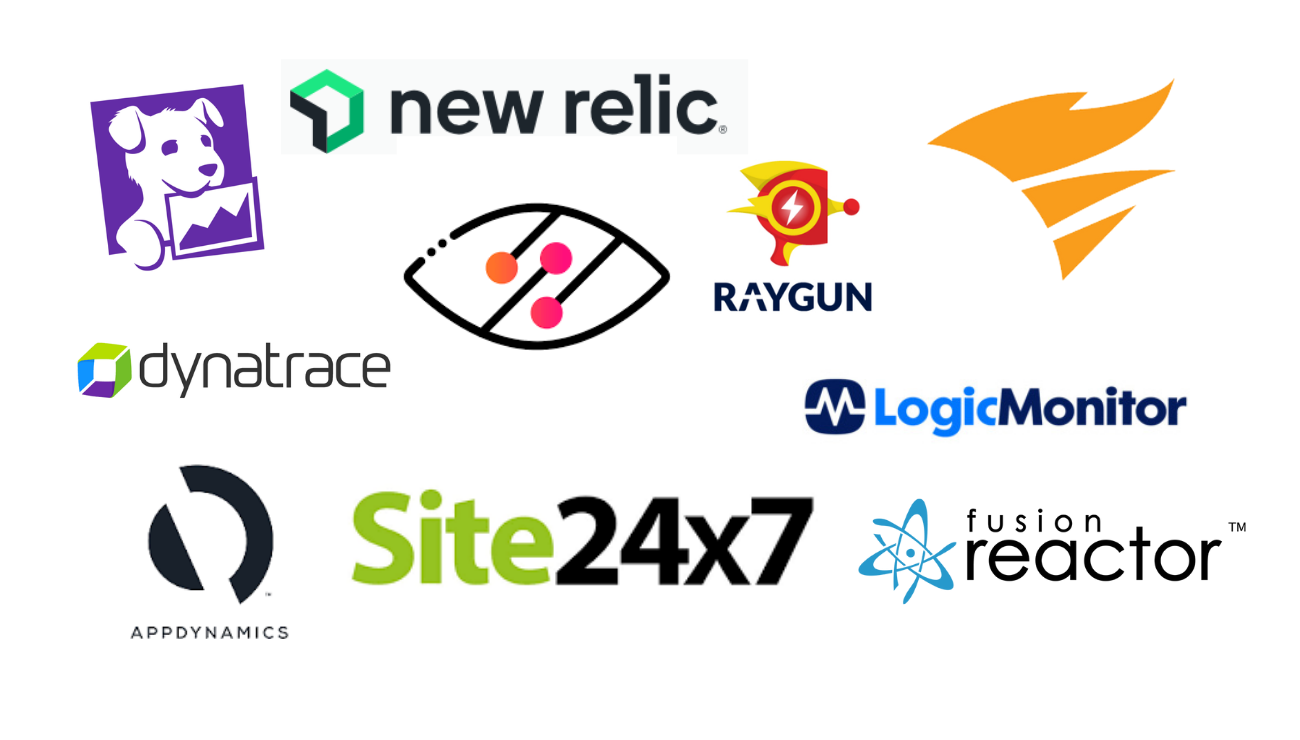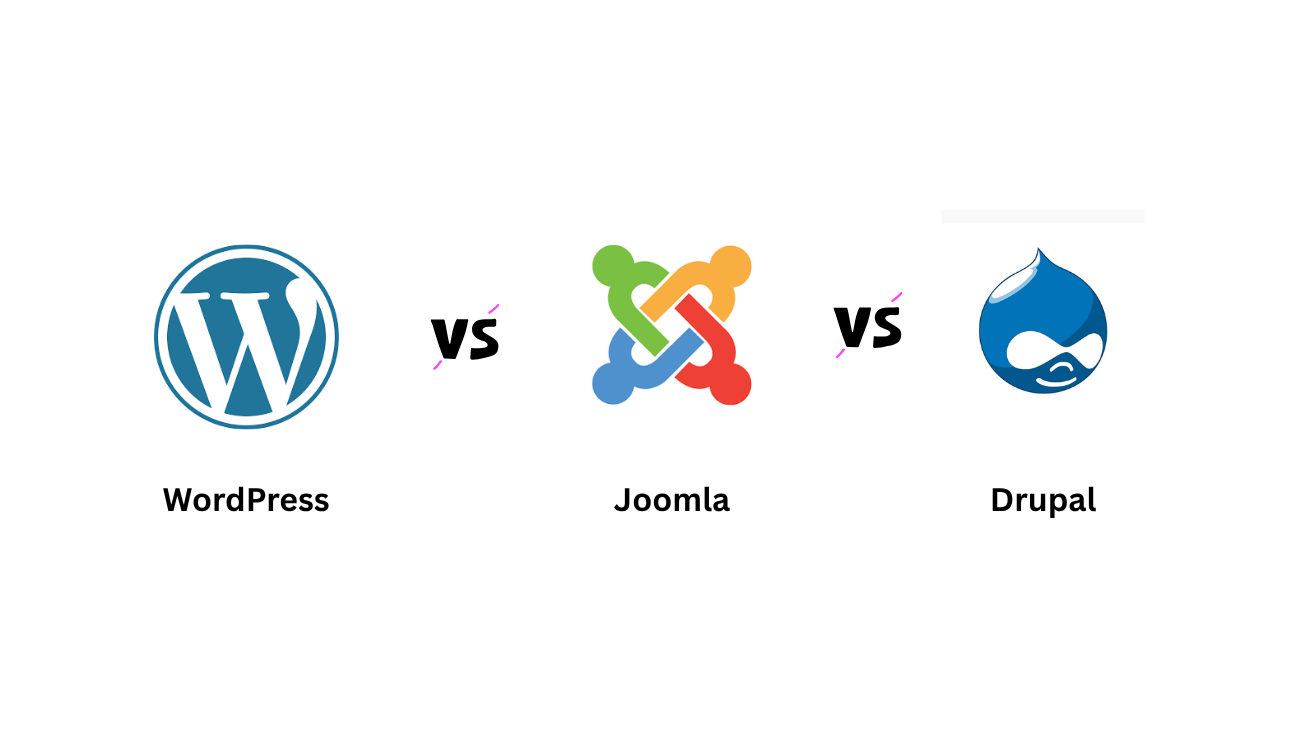
📌 Introduction
APIs are the backbone of modern software systems—connecting services, enabling integrations, and delivering features faster. But managing APIs well (security, versioning, usage, monitoring) is just as important. That’s where API management tools come in. This article explores 10 of the best tools you should know, what they offer, and which scenarios they suit best.
🔍 Top 10 API Management Tools
Below is a comparison of tools widely used in 2025, their standout features, and when you might choose each.
-
Postman
Very popular among developers for design, testing, documentation, and collaboration.
✔️ Strong support for API testing, workspaces, mock servers, and team collaboration.
⚠️ Not as feature-rich for large-scale API governance or enterprise gateway duties.
Best for: small-to-medium teams, prototyping, internal APIs. -
IBM API Connect
Enterprise-grade, full lifecycle management.
✔️ Includes security, versioning, analytics, and governance.
⚠️ Can be costly; steeper learning curve.
Best for: large organizations, hybrid environments. -
MuleSoft Anypoint Platform
✔️ Strong integration capabilities, good for connecting legacy systems + cloud, good tools for designing, managing, and monitoring APIs.
⚠️ Can be expensive; customization & setup may be complex.
Best for: enterprises needing deep integrations and high consistency. -
Apigee (Google Cloud)
✔️ API analytics, developer portal, traffic management, good hybrid/edge capabilities.
⚠️ Might have overkill features for very simple use cases; pricing can escalate.
Best for: large scale public APIs, companies tied to Google Cloud or needing comprehensive monitoring. -
Azure API Management
✔️ Tight integration with other Azure services; strong security and governance; good support for hybrid/on-prem + cloud.
⚠️ Can require Azure expertise; some features might cost additional.
Best for: organizations already invested in Microsoft/Azure stack. -
WSO2 API Manager
✔️ Open source; good feature set (security, protocol support, monetization, analytics); flexible deployment (cloud, on-premises).
⚠️ May require more in-house effort for setup and operation; UI/UX may lag behind some enterprise tools.
Best for: teams wanting open source control, cost sensitivity, or custom features. -
Gravitee
✔️ Lightweight, supports event-driven APIs, good developer portal; open source deployment options.
⚠️ Might need plugin/configuration work for very high scale or advanced enterprise features.
Best for: projects needing event-support, real-time APIs, hybrid environments. -
Amazon API Gateway
✔️ Scales well; integrates deeply with AWS ecosystem; mature serverless / microservices support.
⚠️ Vendor lock-in risk; cost can accumulate at large scale; configuration complexity.
Best for: AWS-centric infrastructure, microservices, event-driven or serverless workloads. -
Kong / Kong Konnect
✔️ Plugin-based gateway; flexible; works well with cloud-native / Kubernetes setups; good performance.
⚠️ Extra management overhead when customizing many plugins; possible operational complexity.
Best for: teams building cloud-native, microservices architectures, needing lightweight gateway + extensibility. -
Jitterbit
✔️ Good for integration + API management; low code / speed in developing and deploying APIs; useful in growing businesses.
⚠️ Less control/advanced features compared to heavyweight enterprise tools; possibly higher cost for enterprise licensing.
Best for: mid-sized businesses, needing fast integration + hybrid deployment, not full enterprise overhead.
⚖️ Choosing the Right Tool: Key Comparison Factors
Here are criteria you should evaluate when selecting an API management tool:
| Criteria | Why It Matters |
|---|---|
| Security & Authentication (OAuth2, JWT, etc.) | You need safety & regulatory compliance. |
| Deployment Model (cloud, hybrid, on-premises) | Some tools limit flexibility or cost heavily based on deployment. |
| Developer & User Portal | Good documentation and developer experience boosts adoption. |
| Analytics & Monitoring | To track usage, performance, errors, and optimize. |
| Scalability & Performance | For high traffic / microservices / serverless workloads. |
| Pricing & Total Cost of Ownership | Not just license fees—include infra, support, scaling, etc. |
| Ecosystem & Integration | How well it integrates with your existing tools/infrastructure. |
✅ Conclusion
No single tool fits all use cases. Here are some simple guidelines:
-
If you're a small team or building internal APIs: tools like Postman, WSO2, Gravitee offer good value and flexibility.
-
If you're enterprise scale, need high security, governance, and complex integrations: look at IBM API Connect, Apigee, MuleSoft Anypoint.
-
For AWS or Azure users: their native tools (Amazon API Gateway, Azure API Management) often reduce friction.
At Solace Infotech, our recommendation process involves reviewing your scale, security needs, existing tech stack, budget, and team skills to help you pick the API management tool that delivers the best ROI and maintainability.




